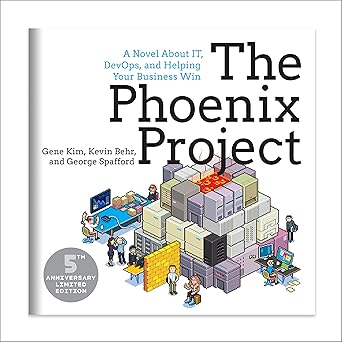XML is useful in exchanging data between different systems, such as databases or websites. It’s used for data storage as well, yet its popularity is mainly driven by the fact that it doesn’t depend on any software or hardware.
When enhanced with predefined rules, XML can send data over literally any network. The respective rules will ensure the recipient can access the data in an efficient manner.
Table of Contents
XML can also be converted into other formats for easier data access, depending on the application. Different types of data structure require different formats for access and updates.
C++ is often used in the process for a few simple reasons. Most importantly, it speeds up the process. But then, it also helps with code development, let alone the possibility to reduce errors, mistakes and bugs. The process is most commonly referred to as data binding.
Understanding XML and Its Structure
XML documents full of data should be seen like trees, starting with the root. Each element can have content, which is nothing but data, as well as attributes or sub-elements. Structures are defined just like in HTML, with <> characters.
Raw XML files come with a bunch of challenges. While, in theory, they’re easy to read, finding specific information can be tricky, especially in large documents. Data is nested into various records, but more importantly, it’s nested in a unique manner, so you need to go through parsing steps to extract it.
Sometimes, you may need to drill into deeper levels from the root and child levels, hence the challenge.
While there are different ways to automate the process, double checking is still required to ensure the final result is correct.
Other issues affecting XML include:
- The lack of semantics.
- Unnested pieces of text or elements.
- Open tags, which would cause errors.
Libraries for XML Processing in C++
Although there are good tools that one can use to process and convert large and complex XML data like a converter from Sonra, there are quite a few libraries that can help in processing some simple XML over C++.
TinyXML-2
With TinyXML-2, you can create documents to store data, fill documents with all kinds of information, save documents to XML files, load XML files into new documents and even extract all the data you may require from a document.
TinyXML-2 relies on a DOM (Document Object Model). In other words, the XML data is transformed into C++ objects. These objects can be explored, changed, and manipulated, but they can also be written in other documents with no issues whatsoever.
Unsurprisingly, you can also come up with XML documents from scratch. You can do everything from nothing using C++ objects.
Here’s a simple example of using TinyXML-2 to parse XML:
{
XMLDocument doc;
doc.LoadFile( “hello.xml” );
}
You can use TinyXML-2 with one tag or two hierarchical tags, select multiple articles or filter different types of data in a sub root element, among other things.
pugixml
The pugixml can be described as a lightweight library suitable for C++ XML processing. It comes with a plethora of features. Its interface is similar to DOM’s, so it’s intuitive and straightforward. Modification abilities are incredibly strong.
The parser is known for its fast speed. Once run, it will build the DOM tree from a simple XML buffer or tree. The library comes with XPath 1.0 compatibility for more complex and sophisticated queries, as well as full Unicode support and automated conversions.
The integration isn’t difficult at all. Find and download the newest source distribution and you’ll find three files. Compile the source file, pugixml.cpp. At the same time, proceed with other executable files as well. It obviously depends on how you build the application.
Documents loaded in pugixml are mutable. You can change anything in the structure but also update nodes or attributes.
Any member function that changes nodes or attributes isn’t constant. With this thought in mind, it can’t be called on a constant handle. But at the same time, you can turn a constant handle into a non-constant one with a simple command:
- void foo(const pugi::xml_node& n) { pugi::xml_node nc = n; }
Xerces-C++
Xerces-C++ comes with a shared library, used in parsing, manipulating or even validating XML files. The library relies on SAX, SAX2 and DOM APIs. Xerces-C++ is mainly aimed at XML 1.0, but it’s also useful for other similar standards.
The parser is known for its exquisite performance, but also for its capability to work with large documents. It’s scalable and modular. No matter what you need help with, the documentation comes along with it.
Xerces-C++ is available for Windows, Linux and MacOS. It can be downloaded and installed from the official website. It may work on other platforms, too, but there are no official tests. The Cygwin package may also come with Xerces-C++ libraries. To install them, you’ll have to select them from the package list.
For XML validation, you can use setExternalSchemaLocation. At this point, there’s no need for loadGrammar. On the other hand, you can also use setExternalSchemaLocation if the schema can handle name spaces.

Transform your IT and business with The Phoenix Project – the gripping story that redefines how we think about DevOps and innovation!
View on Amazon
Conclusion
XML’s versatility in data storage, transmission, and transformation, paired with the speed and robust capabilities of C++, makes for a compelling combination. Mastering XML conversion with C++ offers a powerful approach to efficiently exchange and manipulate data across different systems and applications, enhancing the overall data management and retrieval processes.





